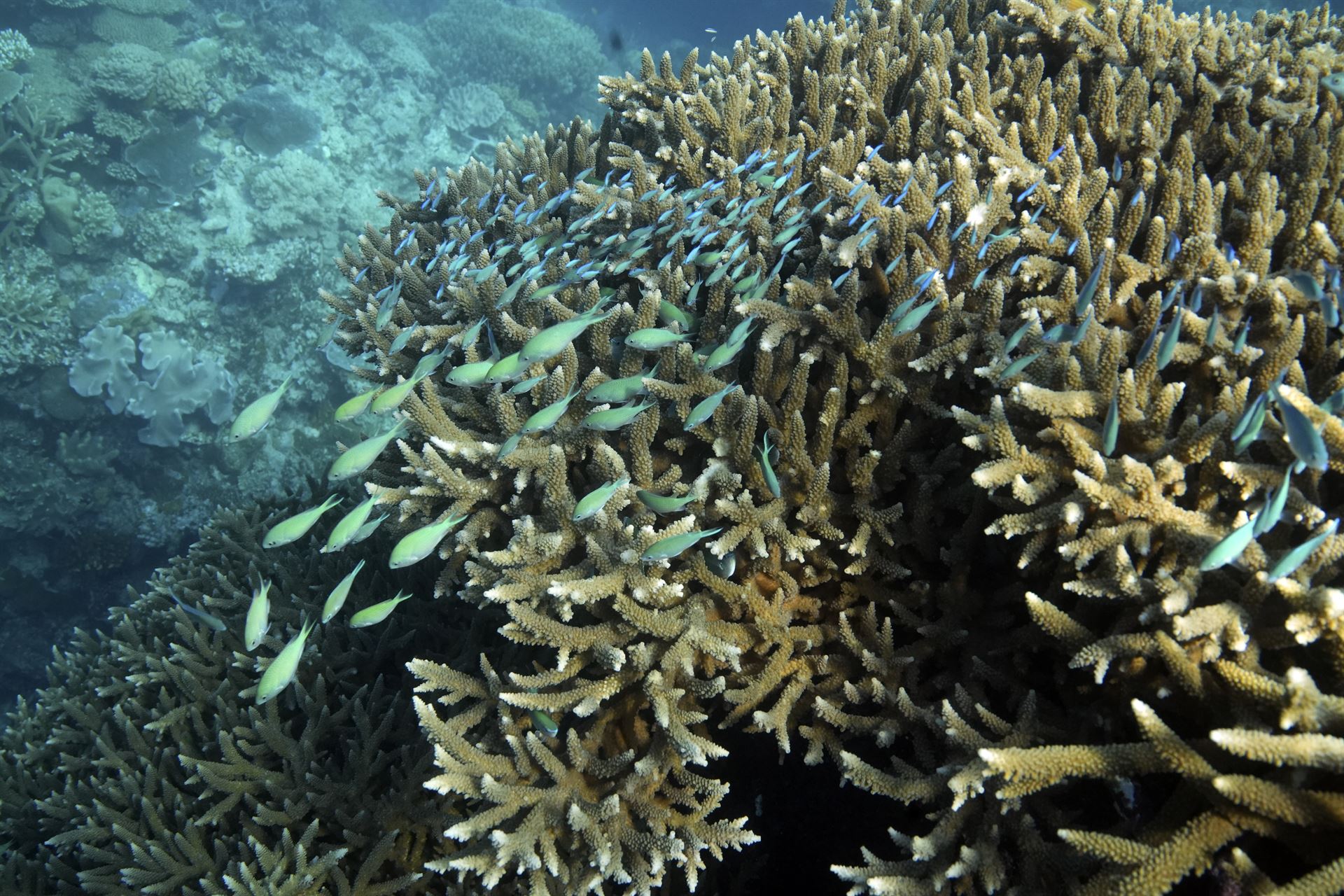
SYDNEY - Australia's coral reefs, including the lesser-known subtropical systems, are hit hard as the world faces its fourth, and most intense, global coral bleaching event on record, the University of New South Wales (UNSW) said on Monday.
Even typically resilient reefs, like those surrounding Lord Howe Island off Australia's east coast, the world's southernmost coral reef, are suffering, despite initially escaping mass bleaching seen elsewhere across Australia this year, said a UNSW press release.
More than 83 percent of the world's reefs have experienced extreme heat stress since January 2023, which is the fourth global coral bleaching event, according to the United States' National Oceanic and Atmospheric Administration.
ALSO READ: Report: Coral reefs suffer 4th global bleaching event due to climate change
"Recovery for these southern, subtropical reefs from bleaching and stress events is extremely slow," said Paige Sawyers, a PhD researcher from UNSW Sydney who has been monitoring Lord Howe's reefs since early 2024, alongside researchers from the University of Newcastle.
Ongoing heat stress is hitting exactly when the reef should be recovering, Sawyers said.
READ MORE: NOAA: Coral reefs suffer fourth global bleaching event
Often considered more temperate and resilient than the iconic tropical Great Barrier Reef, coral reefs at Lord Howe Island, a biodiversity hotspot influenced by five major ocean currents, experienced severe bleaching in early 2024 as sea temperatures rose to 29-30 degrees Celsius, well above average, the release said.
While some corals began to recover by April, a low tide in May exposed upper reef sections to air and sun, killing all corals above the waterline, it said.
READ MORE: Huangyan Island's coral reefs prosper, report says
Lord Howe recorded a staggering 20 Degree Heating Weeks (DHW) in 2024, the highest ever for the region. Mass bleaching typically starts at 4 DHW, and mass coral death begins at 8. Across Australia, Ningaloo Reef and the Northern Great Barrier Reef are both experiencing widespread bleaching.
Restoration efforts such as coral nurseries and re-seeding projects offer some hope, but Sawyers warns that it's not a substitute for tackling climate change.
Understanding what enables some corals to survive is crucial to protecting remaining reef ecosystems, said Sawyers, who observed unexpected coral recovery five months after severe bleaching in reefs in Samoa.


